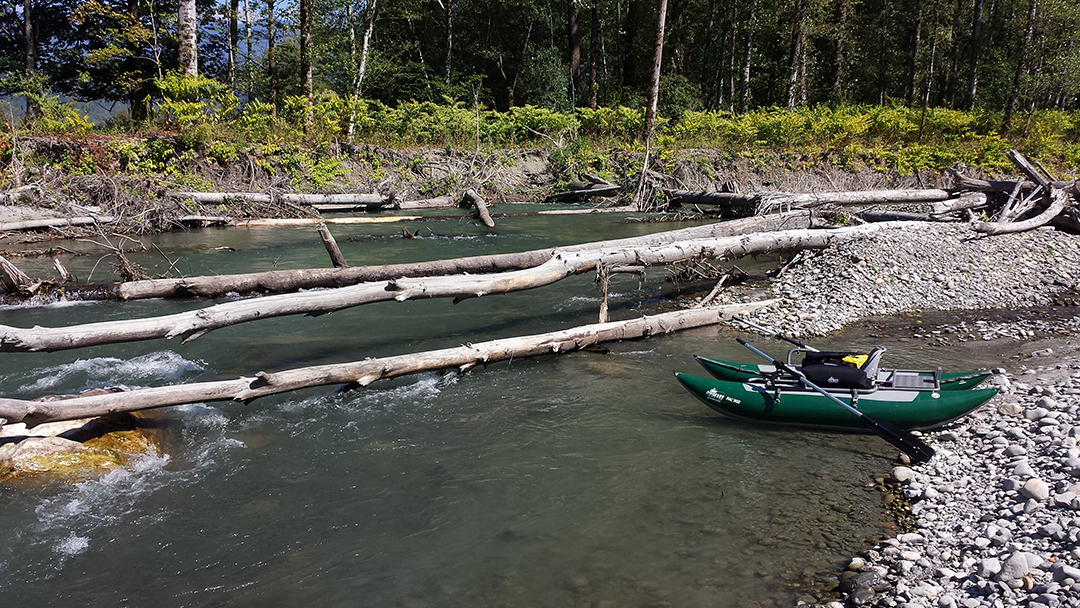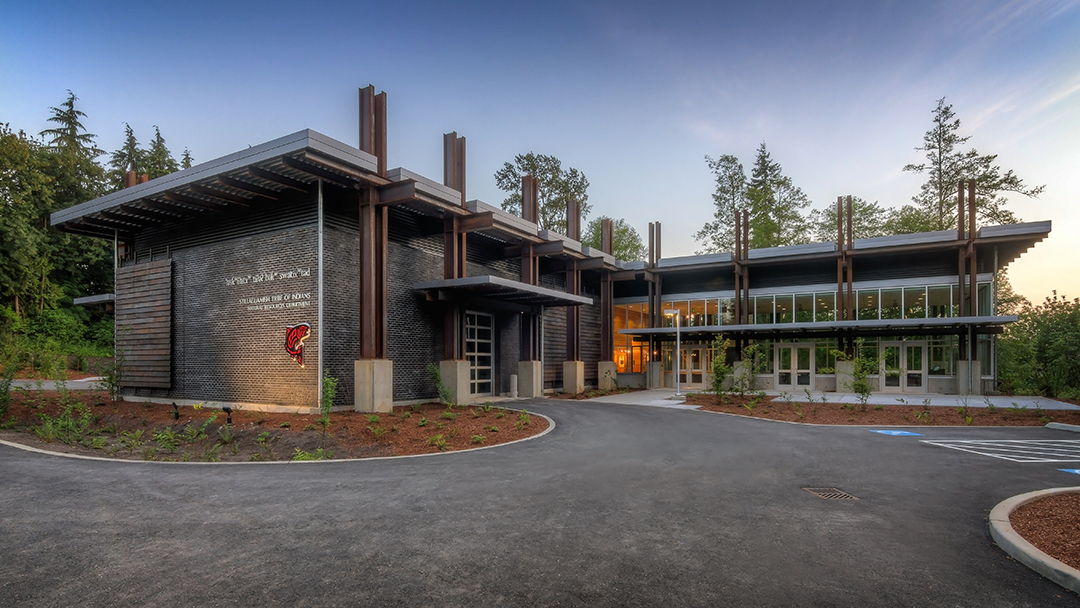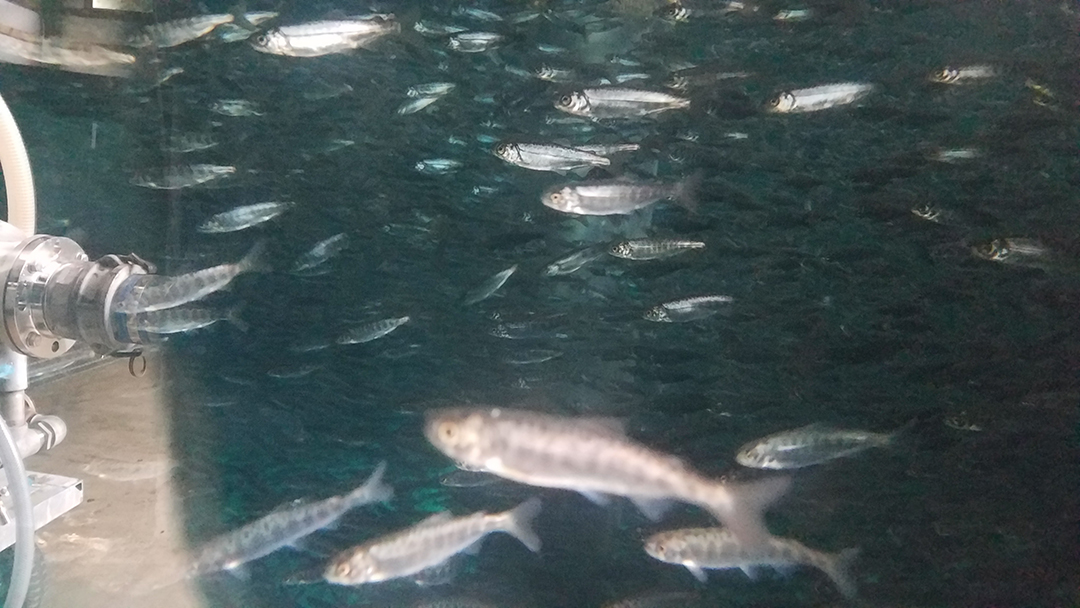Natural Resources Department
Updated 2/15/2022
"The river is alive. It is an essential part of our lives. When it is vibrant and healthy, our well-being is preserved. We must heal and protect this precious resource, not just for our own tribal treaty rights, but because it's a wise and respectful thing to do for everyone who lives here."



Mission Statement
The mission of the Natural Resources department is to manage, protect, and conserve those natural resources that are required to sustain healthy populations of fish, shellfish, and wildlife within the Stillaguamish Tribe's Usual and Accustomed areas (Stillaguamish Watershed).
History
The Stillaguamish Tribe's Natural Resources Department came into being as a result of U.S. v. Washington, Civil 9213, known as the Boldt Decision of 1974. In this case, which was affirmed by the U.S. Supreme Court, Puget Sound and coastal Indian Tribes who signed treaties with Isaac Stevens in the late 1800s retained the right to take up to 50% of all harvestable (beyond what is required to ensure reproductive success) fish and shellfish resources within their respective Usual and Accustomed (U&A) fishing areas.
Because the welfare of the Treaty Tribes is the responsibility of the U.S. Government (Trust status), it became the responsibility of the Bureau of Indian Affairs (BIA) to manage fish, shellfish, and other natural resources for the benefit of the Tribes. Understanding the benefit of having each Tribe manage its resources, the BIA entered into contracts with the Tribes to provide management of fish and shellfish resources within their respective U&A's.
Natural Resources Programs
Conservation, Protection, and Restoration of Tribal Resources requires the combination of many diverse activities from the land, to the river, to the sea. Thus, the Natural Resources Department is comprised of five key programs that all address a different aspect of resource management.
Environmental Program
Fisheries Program
Outreach & Education Program
Water Resources Program
Wildlife Program
